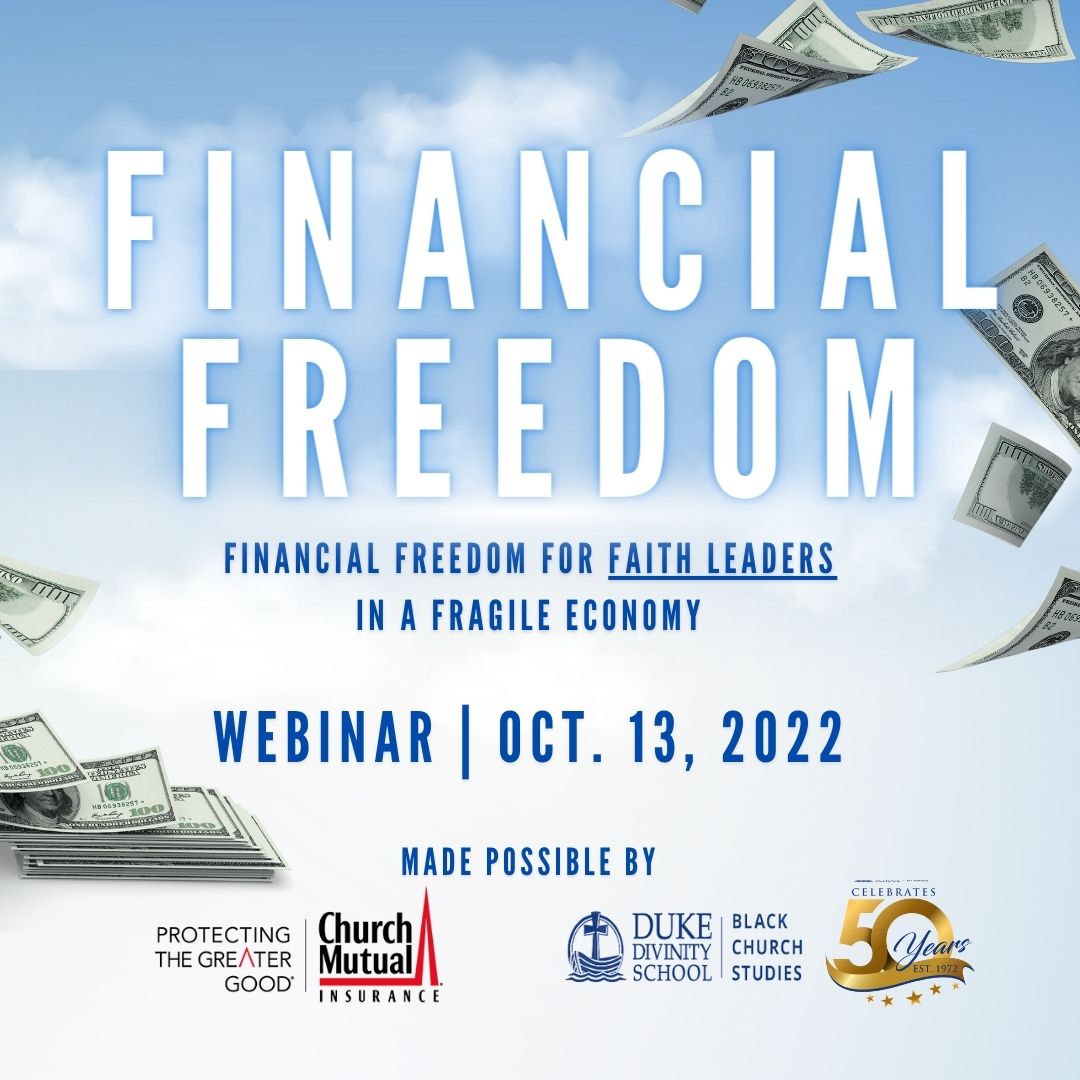
What would our houses of worship do without volunteers?
They are essential to carrying out the mission of so many churches, supporting not only outreach and programming, but everyday operations.
Volunteers are even more valuable in the current economic environment, as rising costs and labor shortages continue to put additional strain on already limited resources.
Thoughtful planning and coordination can help you use your church’s volunteers effectively — and that starts in the vetting and onboarding stages.

Your members might have some surprising expectations about what that entails, according to insights from Risk Radar Report — State of Volunteerism in America. This report, recently released by Church Mutual Insurance Company, S.I. (a stock insurer) 1, reveals a distinct disconnect between members’ desire for rigorous levels of volunteer screening and training, and what volunteers actually experience.
To learn more, we spoke with Eric Spacek, the assistant vice president — Risk Control at Church Mutual. He shared key findings and steps you can take to meet your members’ expectations and run a safer, more efficient volunteer program.
What are the expectations for volunteer screening and training?
To provide some background, our report was informed by a nationwide survey — and nearly two-thirds of respondents attend or frequent an organization that regularly relies on volunteer support. When we looked at this group, they had clear expectations related to safety steps. Criminal background checks for volunteers ranked the highest, and the following completed the top five results both for screening and training.
Percent of Respondents Who Expect Volunteer Screening
- Criminal background check — 52%
- Employment background checks — 46%
- Volunteer applicant interviews — 43%
- Verification of application information — 41%
- National Sex Offender Registry screening — 41%
Percent of Respondents Who Expect Volunteer Training
- General orientation and training — 47%
- Childcare training, if working with children — 45%
- First aid and CPR training — 45%
- Food safety training, if applicable — 38%
- Sexual abuse prevention training — 36%
How do expectations align with the steps currently taken with volunteers?
Frankly, expectations contrast notably with volunteers’ reality. Most survey respondents (90%) have volunteered with organizations, so they speak from experience. As noted above, 52% expect organizations to conduct criminal background checks, but only 33% say the organizations they volunteer for have taken this step. Another significant discrepancy is in training, where 45% of respondents would expect this training, but only 18% of volunteers working with children receive it. Here again is a closer look at the top five in each category.
Percent of Volunteers Who Experienced Screening
- Criminal background check — 33% (vs. 52% expected)
- Employment background checks — 24% (vs. 46%)
- Volunteer applicant interviews — 28% (vs. 43%)
- Verification of application information — 26% (vs. 41%)
- National Sex Offender Registry screening — 16% (vs. 41%)
Percent of Volunteers Who Experienced Training
- General orientation and training — 42% (vs. 47%)
- Childcare training, if working with children — 18% (vs. 45%)
- First aid and CPR training — 27% (vs. 45%)
- Food safety training, if applicable — 17% (vs. 38%)
- Sexual abuse prevention training — 13% (vs. 36%)
How could these discrepancies impact your membership?
While every membership is different, our survey showed that that safety steps could be a significant consideration for your members (and potential members). In fact, 43% of respondents agreed that the level of volunteer screening and/or training impacts whether they attend a house of worship, school or nonprofit, or an event or camp.
In other words, a church’s safety-related action — or inaction — can have a ripple effect on membership and participation in services and other activities. To help you get a better feel for how this affects the population you serve, the report also uncovered some demographic-related insights. Location is a major factor. Those living in urban areas were more likely to agree the level of volunteer training affects their decision to attend/participate compared to those living in suburban and rural areas.
FREE WEBINAR: Financial Freedom
Hosted in partnership with Duke Divinity School on Thursday, Oct. 13, at 1 p.m. EST.
With predictions of an economic recession on the horizon after a couple of higher stress pandemic years, Church Mutual wants to provide help in the financial realm.
Life stage also plays an important role. In terms of age, respondents over age 45 were more likely to say the level of volunteer screening does not affect their decision than those aged 18-44. And, respondents with children were more likely to agree the level of volunteer training affects their decision than those without children.
What can your organization do to improve its volunteer program?
It’s important to assess and update your volunteer program periodically to ensure you’re protecting your members, your organization and your volunteers themselves. To get you started, here are four fundamental steps you should take to support a safety-minded volunteer program.
- Request key documentation during the application process. Ideally, you should secure permission for a background check as well as a signed release form.
- Conduct background checks. If you can’t do this across the board, prioritize background checks for volunteers who work with children as well as those who have access to your organization’s money or financial information.
- Adopt a consistent onboarding process that covers all basic training (general orientation, first aid and CPR, etc.).
- Establish a volunteer coordinator in charge of organizing and managing volunteers. This will give you a better line of sight into your program overall.
These actions can help ensure the volunteers who assist with God’s work have been thoroughly vetted and prepared. Keep in mind, there are many other considerations that go into making a volunteer program safer and more efficient for all. You can find additional insights and free resources related to volunteer safety and management on our website.
Eric Spacek is assistant vice president — Risk Control, at Church Mutual Insurance Company, S.I. (a stock insurer)1.



